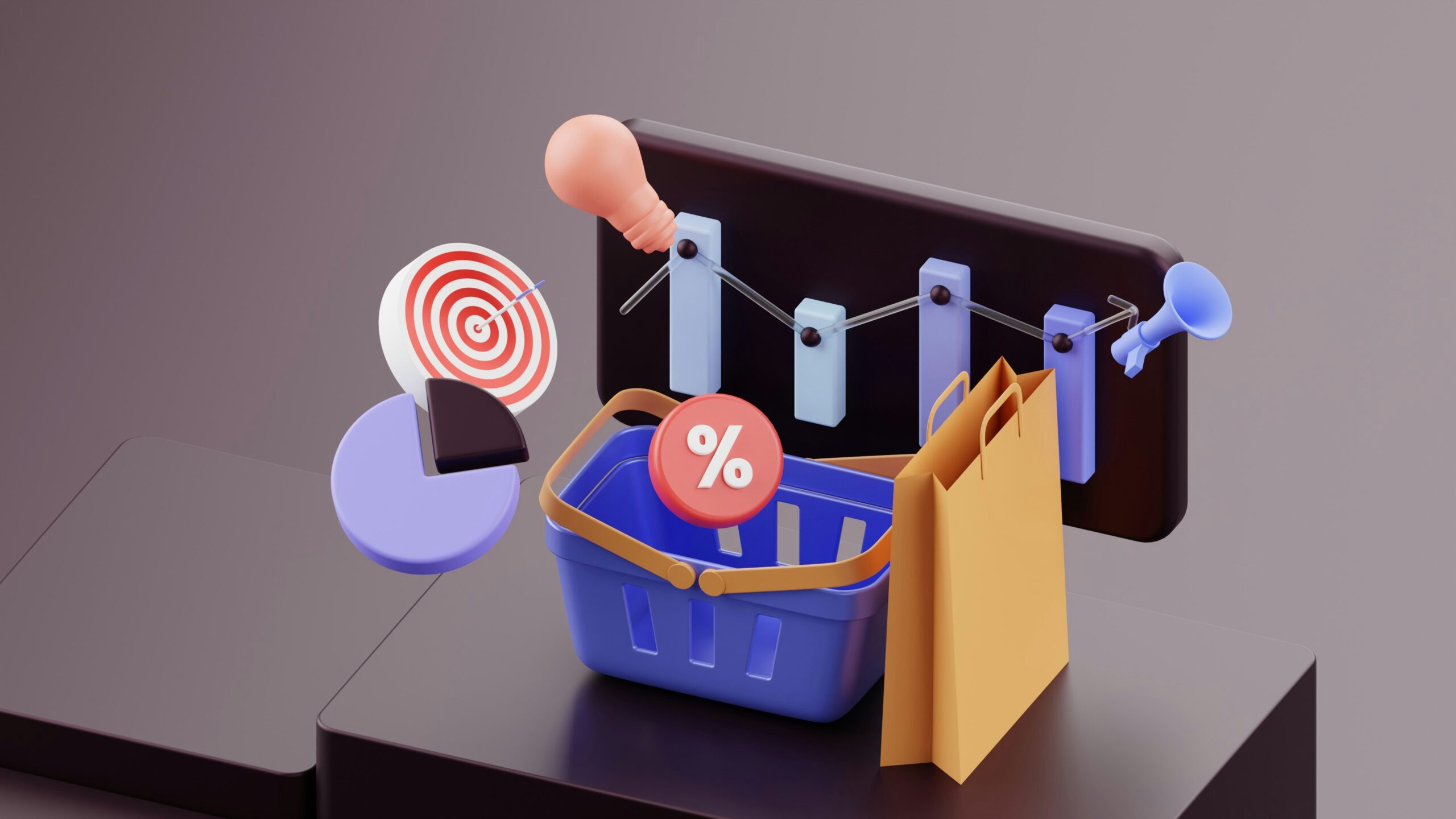A witty yet practical guide to understanding the pharma sales funnel and mastering the pharmaceutical sales process with real-world examples.
Introduction
In the world of pharmaceutical sales, where reps dress like they’re on a coffee date with destiny and doctors dodge sales pitches like Neo dodges bullets, understanding the pharma sales funnel isn’t just helpful—it’s essential. Think of it as your trusty GPS in the maddening maze of modern medical marketing.
Yet, oddly enough, many reps treat the sales funnel like it’s a mythical unicorn. They know it exists, they talk about it at training sessions, but few can actually map it out or explain how it works.
So buckle in. This guide will demystify the pharmaceutical sales process with wit, wisdom, and just the right amount of sarcasm.
What in the World Is a Pharma Sales Funnel?
The pharma sales funnel is simply the journey from initial awareness to prescription or purchase. It’s not a straight shot. It’s more like a game of Monopoly with multiple detours, jail visits (read: compliance meetings), and lucky breaks.
The funnel typically includes these stages:
- Awareness
- Interest
- Consideration
- Evaluation
- Prescription Decision
- Loyalty
Let’s walk through each one, and maybe—just maybe—you’ll stop ghosting your CRM.
Stage 1: Awareness — “Hey Doc, Look Over Here!”
Your first job? Get noticed. Not in a stalker-ish way, of course.
Pharma reps often compete for the attention of HCPs (healthcare professionals) like pigeons fighting over a lone bread crumb. In this stage, tools like e-detailing, medical journals, conferences, and yes, even free samples act as bait.
Real-life example: A rep named Arjun used a branded pen drive loaded with animated mechanism-of-action videos. The doc didn’t prescribe the drug immediately, but he sure remembered Arjun every time he opened PowerPoint.
Stage 2: Interest — “Okay, Now You Have My Attention”
Once the doctor knows you exist, your next task is to be interesting. Think of this as your “first proper date.” Show your value, educate, and—most importantly—stop talking like a brochure.
Instead, ask questions. What’s the doc’s patient load? What are their therapeutic priorities? Do they still think hydroxychloroquine was a good idea?
Pro tip: Tailor your pitch. If you’re selling an anti-diabetic drug, don’t drone on about cardiovascular risk unless that’s a clear patient concern.
Show them you understand their world, not just your brand guidelines.
Stage 3: Consideration — “Hmm… You Might Be Worth Prescribing”
At this point, the doctor is actually thinking about your product. Success? Not quite. You’re at the “maybe” zone— the Bermuda Triangle of sales.
Doctors will weigh efficacy, price, patient compliance, insurance coverage, and even the color of the blister pack (yes, seriously). This is your moment to shine with clinical evidence, comparative studies, and cost-benefit arguments that don’t put them to sleep.
Real-life example: A rep in Pune created a one-page summary comparing their generic to the market leader using colorful infographics. The doctor, who hated spreadsheets, switched 30% of patients that month.
Stage 4: Evaluation — “Let’s See What the Data Says”
Now the doc is either conducting a mini-clinical trial in their head or consulting Dr. Google. If your brand’s real-world performance is as weak as a decaf espresso, you’re in trouble.
At this stage, it helps to share real-world usage data, patient testimonials, or even digital feedback tools that track outcomes. If you don’t have these, at least avoid saying “everyone’s using it.” That’s not a stat. That’s desperation.
Pro tip: Invite them to a continuing medical education (CME) session where your drug is discussed neutrally. It’s a classy way to stay top-of-mind without waving pom-poms.
Stage 5: Prescription Decision — “Let’s Do This”
Finally, the moment of truth. The doctor decides to write your brand. Take a moment. Do a happy dance (internally). But don’t think the job’s done.
This is where follow-through becomes vital. Ensure availability in pharmacies, patient adherence support, and timely updates on refills or side effects.
Real-life example: After Dr. Kaur began prescribing an antidepressant, the rep ensured the brand was stocked at two nearby pharmacies and sent a patient-friendly side-effect tracker.
The result? A 70% refill rate in month two.
Stage 6: Loyalty — “You’re My Go-To Now”
Congratulations. You’ve entered the pharmaceutical friend zone. The doctor now defaults to your product unless something drastically goes wrong (or your competitor sends an iPad. Kidding. Mostly.)
Maintaining loyalty requires consistent value. Periodic updates, post-launch data, refresher sessions, and even celebrating the doctor’s birthday (with compliance-approved cupcakes) help keep your brand top of mind.
Pro tip: Don’t disappear after a few prescriptions. Stick around with some optimism and hope for the best.
The Hidden Trap: Forgetting the Funnel Isn’t Linear
Let’s face it—doctors are human (shocking, right?). They don’t follow a neat, predictable path. One minute they’re interested, the next they’re distracted by a new guideline, a rep with better snacks, or a medical podcast.
So, revisit your funnel constantly. Ask:
- Where are you losing them?
- What can you tweak—messaging, materials, timing?
And above all, don’t assume that success at one clinic equals universal victory.
The Verdict: Funnel Vision Beats Tunnel Vision
The pharma sales funnel isn’t just a theoretical model drawn on training room whiteboards. It’s a living, breathing process that, when done right, can transform a forgettable interaction into a trusted partnership.
So, next time you plan your day, don’t just think, “Which clinic do I hit next?” Think, “Where in the funnel is Dr. Rao today—and how can I nudge her closer to the bottom?”
Because in pharma sales, the reps who understand the funnel don’t just survive. They sell like legends.

